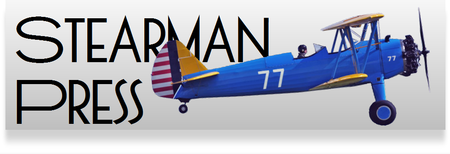Shutter Speeds in the real world
In our last video, Top Ten Things That I wish I had known when starting in Large Format Photography, I made some harsh remarks about shutters. Mainly, that they're notoriously inaccurate and that you should have them calibrated.
This creates another issue: now that you've got a chart showing the marked speed vs the actual speed, what do you do with it?
This is also an issue if your meter uses the more modern sequence: 1/30, 1/60, 1/125..., and your lens uses the traditional 1/25, 1/50, 1/100 ...
Of course, the math required to adjust your exposure isn't that hard but it's still more math than most of us want to deal with when creating our next masterpiece. So we've created a cheat sheet:
Here are the basics:
1. Calculate the exposure. For example: f/11 @ 1/60 sec. But let's say that the closest speed on your shutter is 1/50.
2. Find the standard shutter speed in the chart (in bold).
3. Now find the closest available speed. In this case: 1/50 0.020 -1/3
4. To compensate, you need to reduce the exposure by 1/3 of a stop (larger number). To do so, set the aperture 1/3 of the way between f/11 and f/16 (about 12.7).
Notes:
-1/3 = less light (larger number)
+1/3 = more light (smaller number)
Yeah, we fudged the numbers to make it easier to use. Besides, you can't set your aperture to 1/10 of a stop anyway.
Better "Guestimating"
In that video, I also mentioned that you should practice estimating your exposure just in case your meter dies (or you can't find it, like when Ansel was getting ready to take his famous photo, Moonrise Hernandez.)
Most of us have heard of the "Sunny Sixteen" rule but what do you do when it's not sunny? The standard procedure is to estimate the EV based on the lighting conditions. You then look up the proper lens setting in an "EV table" that gives you every possible combination of shutter speed and f/stop.
There are a couple of problems with this approach. First, you need two charts: one to help estimate the EV and a second one to lookup the actual lens setting. Second, the EV is only valid at one ISO setting (normally 100), so if you're shooting at ISO 200, you have another step to remember. Third, we'll add a third objection, most charts, both for EV and lens settings, expend a lot of space on unrealistic situations. I'm referring to conditions so dark that reciprocity is a major concern or to light conditions that never occur in nature.
So we created our own using data from various charts, along with some of our own measurements. We also, say we say, optimized it for large format.
First, we combined it into one chart. (Frankly, the EV number isn't all that useful but we included it for reference.) We then provide a shutter speed/ f stop combination for different ISO ratings appropriate for large format. Obviously, you can adjust the setting to suit your particular needs.
Now if you're shooting at some other ISO, you'll have to interpolate between values. But you're just guessing anyway, so don't get carried away trying to be overly precise.
Hint: if you're not sure, lean toward overexposure. This is true for most films but especially true if you're using Foma film (known for its wide exposure latitude) and SP-76EC (which has an inhibiting agent to help prevent over development).
But, with a little practice, you should get close. After all, it worked for Ansel.
Click either photo to download a pdf version. I scaled it down and printed it on the opposite sides of one sheet of paper.


